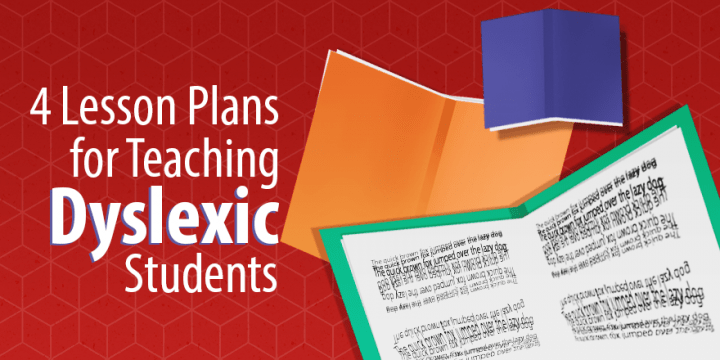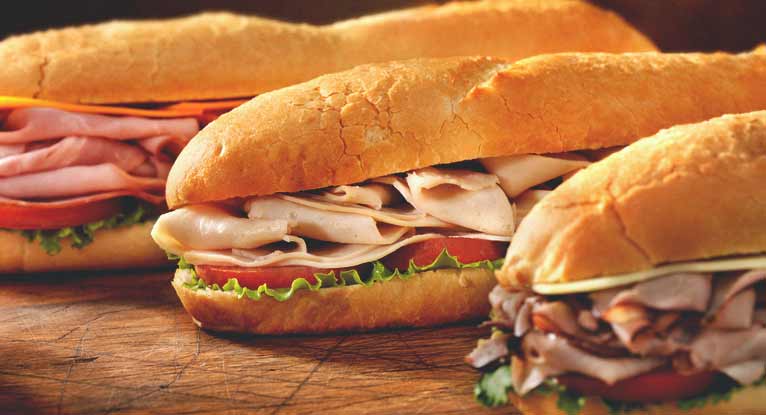Effective teachers understand these difficulties and make every effort to arm themselves with a myriad of resources to help dyslexic students. To this end, I’ve compiled a list of four lesson plans, some using tried-and-true methods and others using newer, technologically driven approaches to help educators help their students.
Four lesson plans for dyslexic students
These lesson plans include games and stations that bring together an entire classroom of students to combat feelings of anxiety, depression, and low self-esteem that can plague dyslexic students. These social activities help dyslexic students build relationships with their peers while learning in a safe environment.
1. Letter Blend Bingo
One problem dyslexic children have is matching letters to their corresponding sounds. Special education expert Eileen Bailey developed a lesson plan for kindergartners, first graders, and second graders to tackle this issue.
Using bingo charts and flashcards with words that use specific consonant blends, teachers read a word or show a picture representing the word to their students. Students then place a mark on the bingo square with the matching consonant blend. This process is repeated until the students have matched up enough consonant blends to make BINGO.
This activity helps dyslexic students learn and remember letters and letter combination sounds by pairing repetition with auditory and visual aids.
2. Spelling Stations
Dyslexic students struggle with perceiving the sequence of letters in a word and often mentally rearrange letters within words.
To help students who encounter spelling challenges due to dyslexia, Education Corner created “Spelling Stations.” This lesson plan helps students in first, second, and third grades sharpen their spelling skills by using various visual, auditory, writing, and verbal repetition stations.
You can create a variety of stations based on the materials and resources available at your school. Here area few ideas to get you started:
- Letter magnets: Students spell words with magnetic letters on a metal surface.
- Puzzle time: This station is made up of spelling worksheets (such as crossword puzzles and word searches) to facilitate word recognition.
- Colorful words: Students write out assigned spelling words using different colors for each letter to create associations between colors and letters, facilitating the retention of correct letter sequencing.
- Word art: Using crayons, markers, glitter, and other art materials, students spell out and decorate words on construction paper, associating the spelling of that word with artistic expression.
Your students should rotate between these stations so that they can find the method that works best for their learning style.
3. Wordshark
School software Woodshark (available in the UK, Australia, New Zealand, South Africa, and Ireland) uses multisensory learning to help dyslexic students with spelling, reading, and writing. It uses more than 50 games to teach phonics, spelling rules, word sequencing, and word sounds. Each game increases in complexity and adds time limits to spur student improvement.
Instructors can modify this software to meet the needs of individual students and obtain weekly progress reports.
Woodshark is available for single players as well as online if you want to use it in a large classroom setting. The pricing for the software is split into tiers for school-wide usege or single users.
4. Scrabble/Words With Friends day
After weeks of intensive work focusing on word formation, letter sequencing, and spelling, why not take a day to reinforce these concepts through games?
Host a game day that includes a classroom Scrabble tournament or a Words With Friends competition using student cell phones or classroom.
Learning Works for Kids includes Words With Friends among their top five recommended games for children with dyslexia.
These games utilize students’ abilities to spell larger and more complex words in a healthy, competitive environment, motivating them to put what they have learned into practice. Students are far more likely to learn when having fun with interactive and social lessons, making Words With Friends a great free lesson tool for students with dyslexia.





